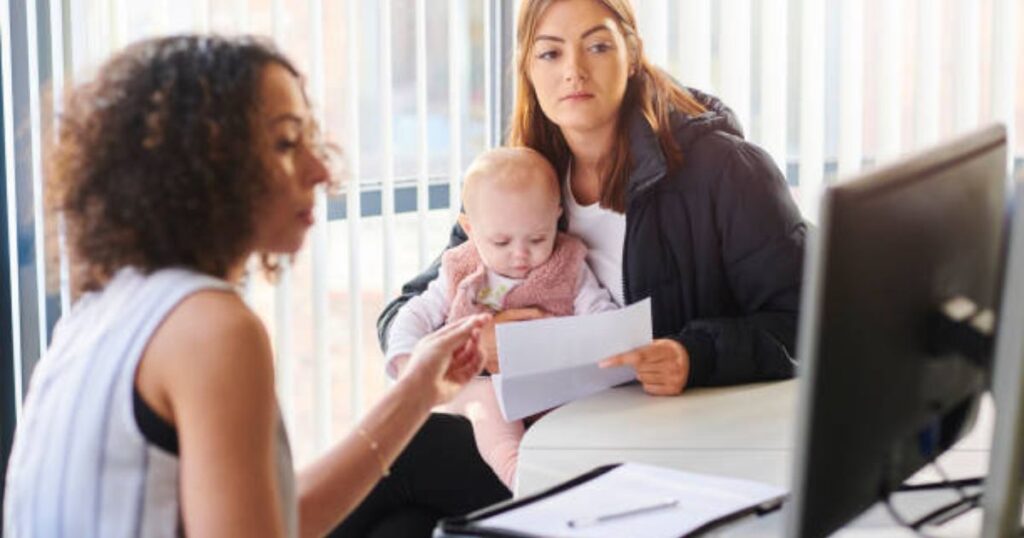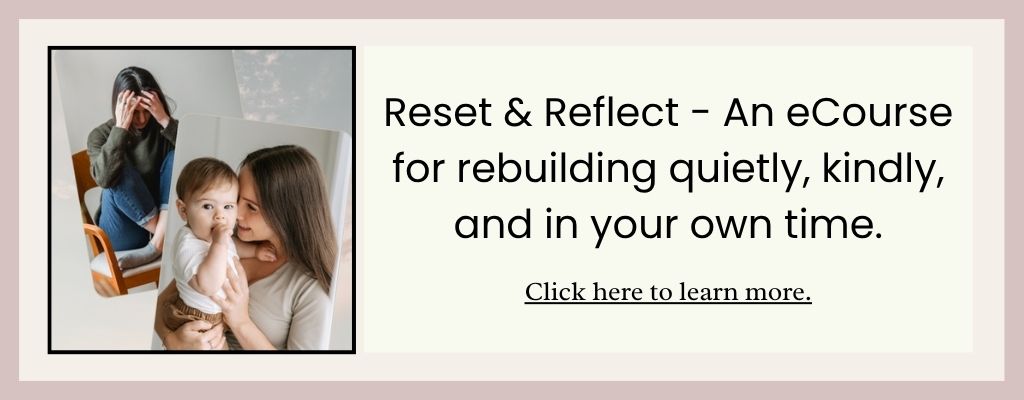

When you’re raising kids on your own, even the smallest unexpected expense can throw your budget off balance. It’s a lot to deal with, from rent and groceries to school shoes and medical bills — and you shouldn’t have to do it alone. The good news is that the Australian government provides a range of payments and programs designed to help families, carers, and People With Disability (PWDs) manage the cost of living. If you’re a single mum, you may be eligible for government assistance to help ease financial pressure and provide extra support where needed most.
Let’s explore the key resources available, who they’re for, and how to access them.
Understanding government assistance
The Australian government offers a range of financial aid for essential expenses. Most of these payments are made through Centrelink, which has information, tools, and resources so you know what you are eligible for. Common payments include:
- Parenting Payment: Financial aid for single parents or guardians raising a child.
- Carer Payment and Carer Allowance: Assistance for those who give daily aid for a loved one with a handicap, illness, or who is older.
- JobSeeker Payment: Financial aid if you’re looking for work or can’t work temporarily due to sickness or injury.
- Austudy: Aid for people who are studying or training.
- Disability Support Pension: Regular payment for PWDs who are unable to work.
Each payment has its own eligibility requirements and rate, which depend on your income, situation, and number of children.

Government assistance for families
Raising kids as a single parent comes with unique challenges, but there are resources available to make things a little easier.
The Parenting Payment is the main Centrelink payment for single parents. It offers ongoing financial assistance for everyday expenses like food, housing, school expenses, and energy bills. One eligibility criterion is that your kid is under 14 and you are the main guardian.
Other programs available include:
- Family Tax Benefit (A and B) – to aid with the ongoing cost of raising children.
- Child Care Subsidy – to cover childcare expenses if you’re working or training.
- Energy Supplement – a payment for energy bills.
Caregiver and disability support
If you’re looking out for a PWD, someone sick, or someone older, the important role you play doesn’t go unrecognised.
Carer Payment and Carer Allowance can cover essential expenses and give financial assistance to your loved one at home. You can receive these payments alongside other benefits, depending on your income and circumstances.
For PWDs, the Disability Support Pension offers regular payments for daily expenses. There are also provisions for equipment and health supplies, as well as access to benefits through the National Disability Insurance Scheme (NDIS).
These payments and assistance options are designed for caregivers and PWDs to be more independent and secure financially.
Government assistance when you’re studying or looking for work
If you’re a single mum wanting to go back to school or re-enter the workforce, the Australian government offers several programs to aid your journey. Eligibility for Austudy or Abstudy depends on your level and situation. These payments aid with education, travel, and everyday expenses while you build new skills or retrain.
If you’re looking for a new job, the JobSeeker Payment offers financial aid when you’re unemployed or if you’re sick or injured and can’t work temporarily. It gives you breathing room while you take care of your expenses and plan your next steps.
No-cost resources like career guidance, training programs, and job search tools are also easily accessible.

Health and care services
Health care is another key area where the government offers support. Through Medicare, you can access free or subsidised medical services, hospital treatment, and prescription medicines.
If you or your child has ongoing health essentials, you may also qualify for additional payments to help with equipment, treatment, or travel to medical appointments. For older Australians, the government offers financial aid to help them remain independent and safe at home, including home care packages and energy supplements.
How to find out if you’re eligible for government assistance
The easiest way to check your eligibility for government assistance is through the Services Australia website. It has detailed information about available payments and programs, eligibility rules, and how to apply.
You can use the Payment and Services Finder, an online tool that helps match you with payments available based on your circumstances. Some basic data about your income, living arrangements, and family size is required. If you’re unsure where to start, you can also visit a local office or speak to a social worker for more detailed advice.
Managing your money and finding ongoing support
Accessing government assistance is a helpful first step, but long-term stability often means building a realistic budget and seeking emotional and community support. You can combine Centrelink payments with local programs like food banks, housing services, or childcare support. There are also community organisations that offer free financial counselling, repair services, and parenting resources.
And remember — government payments are there to give a safety net, not a stopgap. Using them to steady your footing and plan ahead can help you and your kids move toward greater confidence and independence.
FAQs about government assistance in Australia
1. Who is eligible for the $750 payment in Australia?
The $750 payment was a one-off payment for eligible Centrelink recipients and concession cardholders during the pandemic. While it’s no longer active, similar programs are offered to aid with financial pressures. You can check the latest options online for current financial aid programs.
2. What is the $4000 payment from Centrelink?
It allows qualified recipients to get part of their government payment earlier. It’s not extra money, but an advance you repay over time. Applications can be made via myGov or Services Australia if you need short-term financial aid for urgent expenses like bills or repairs.
3. What assistance can I get from Centrelink?
Centrelink offers payments and programs to aid with daily expenses. These include the Parenting Payment, JobSeeker Payment, Carer Payment, and Disability Support Pension, plus educational assistance through Austudy and Youth Allowance. Extra help, like Rent Assistance and Crisis Payments, is also available.
While a Crisis payment is not specifically for “mental health,” a mental health crisis can be considered an “extreme circumstance” that causes severe financial hardship, and you can use the funds for any essential needs that arise.

4. How do I claim my $250 Centrelink payment?
The Australian government gives it to aid with rising expenses. You don’t usually have to apply—it’s automatically paid if you’re qualified and have already received an approved payment. To confirm your eligibility, rate, and payment date, check your myGov account or visit the official Services Australia website for the latest information.
Final thoughts: Government assistance for single mums
Navigating government assistance can feel overwhelming at first, but you’re not alone in this. There is a range of payments and services designed to aid single parents financially. Take time to explore what you may be eligible for, use reliable information sources, and reach out for assistance when necessary. With the right help, you can keep your home, kids, and wellbeing on track — one steady step at a time.


